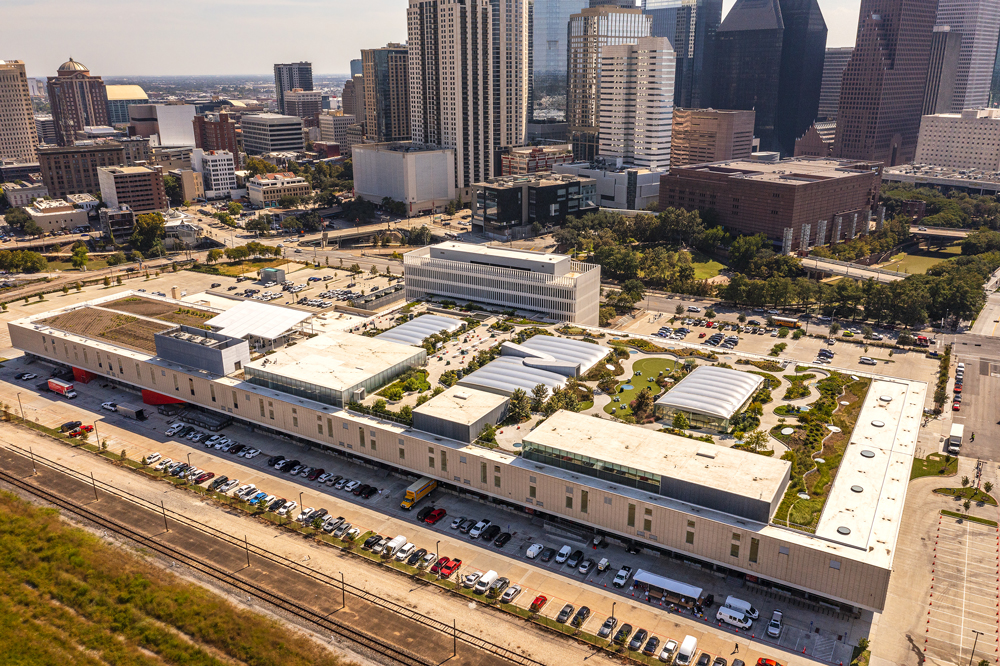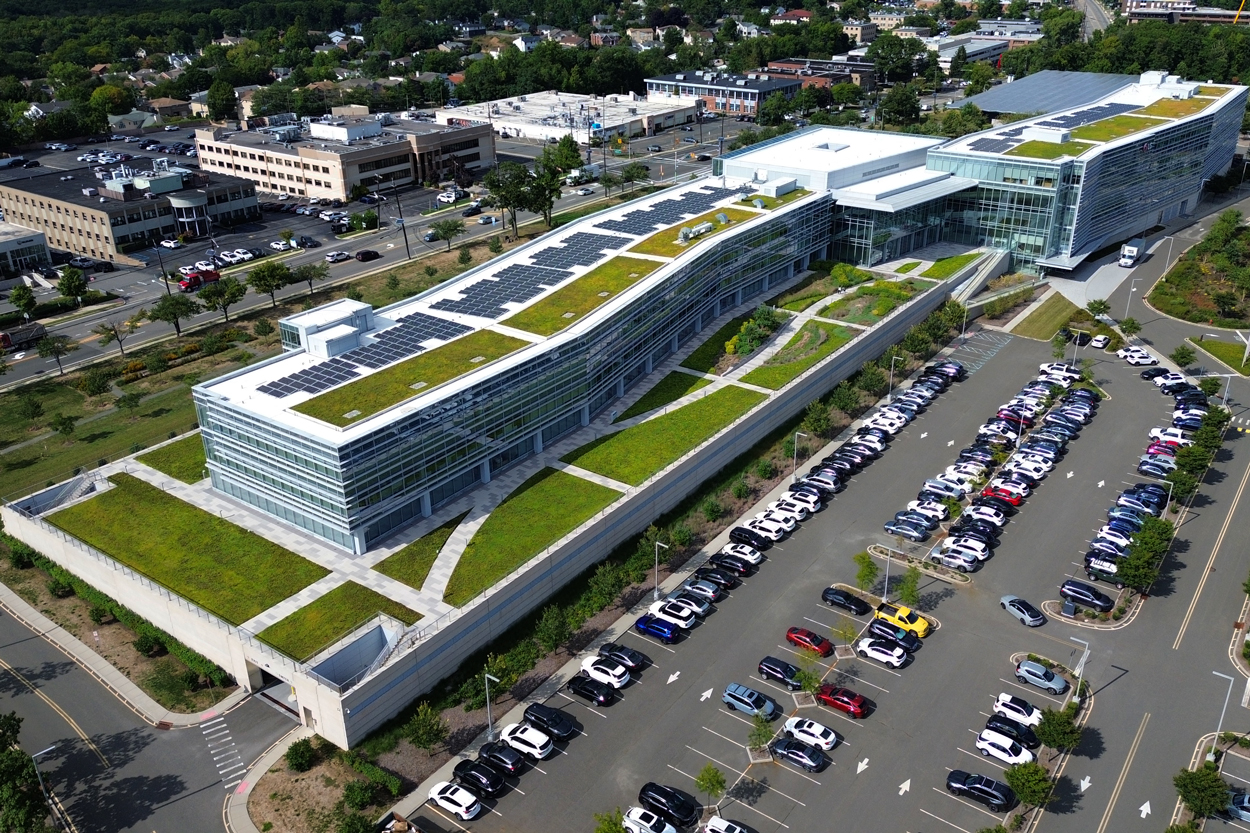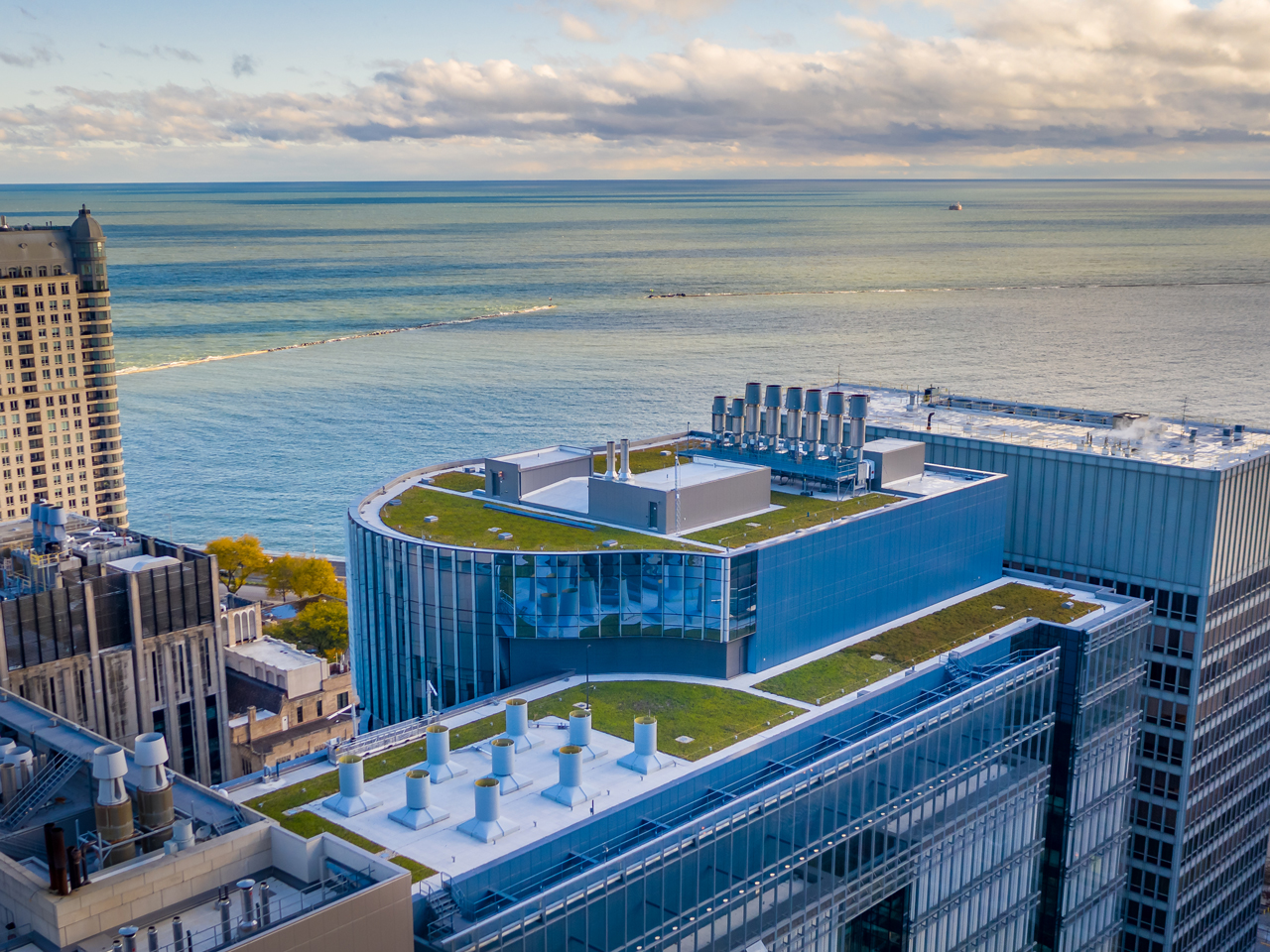DESIGN CONSIDERATIONS
Protected Membrane Roof (PMR) Assembly Considerations
The choice of a PMR Assembly depends on several factors that ultimately will determine the selection of a Stone Ballast Roof, Green Roof, Paver Roof, or Blue Roof.
Form follows function and a roof is no different. Some basic questions that need to be addressed are…
• What is the roofs intended use?
• What is the owners desire?
• What are the aesthetic considerations?
• Are there weight limitations?
The constants in the assembly are Hydrotech® Monolithic Membrane 6125® waterproofing and DuPont™ Styrofoam™ brand insulation, which form the foundation to an array of PMR Assemblies that can meet just about any design need. Hydrotech has Protected Membrane Roofs adorning some of the most high profile projects that combine form and function. The end result yields incredible rooftop and plaza deck spaces to be enjoyed by tenants, employees, and the greater community.
View the projects below for in depth profiles or take a deeper dive and discover how Hydrotech is setting a higher standard in commercial roofing and waterproofing.






